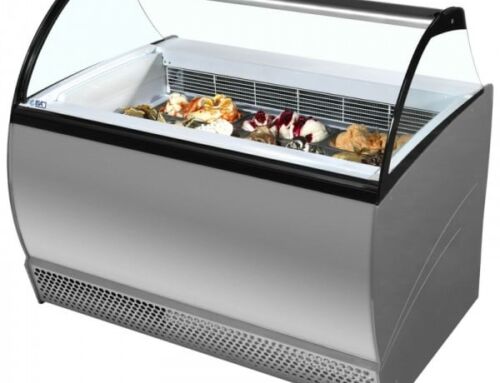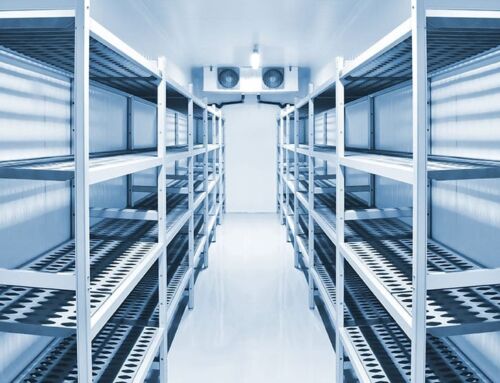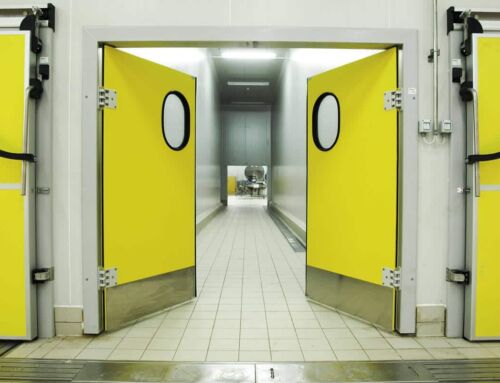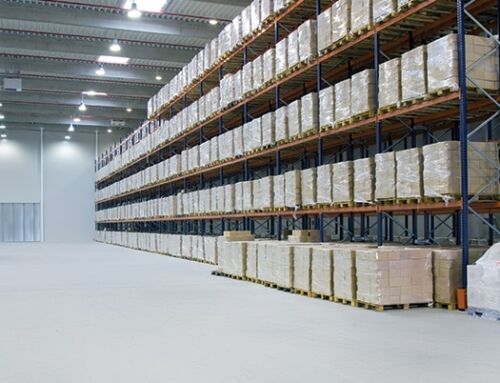Cold storage
Cold storage is a warehouse where temperatures higher than freezing are used. Therefore, the aforementioned condition is between 15ºC and 2ºC. For a food to freeze, it must be exposed to temperatures of -2ºC or lower. Cold storages, which allow products to be stored for a much longer period, have various features that slow down chemical and biological processes. In this case, no deterioration occurs in the food. Fruits, vegetables, meat, fish and various seafood can be stored in cold storages under suitable conditions.
Cold Storage Types
If we list the types of cold storage;
Frozen Storage
It refers to the process of harvesting a frozen food to preserve its nutritional and organoleptic properties. The required temperatures are 18º C below zero or even lower. The main purpose of these warehouses is to preserve food for a long time. At the same time, ice cream is mostly applied to meat and seafood products.
Refrigerated Storage
It is a process for preserving perishable foods that need to be kept cold to delay microbial activity, unlike frozen stores. Refrigeration is most commonly used for fruit, vegetables, juices, baked goods, etc. performed for. For storage in du warehouses, cooling rooms are used, where only products of the same quality should be stored. The required temperatures vary between 0º and 5ºC.
Temperature as an Important Factor during Storage
To make cold storage successful, a key factor must be considered, which is necessary to ensure that refrigerated or frozen foods retain their nutritional properties. The factor to consider is temperature. The effect of temperature is different for each food. However, it can be taken as an average that the growth process of microorganisms, which is lowered at 10ºC, is delayed 2 to 3 times. By using a cold, controlled temperature, these reactions are delayed so that the products can last twice as long. Therefore, its commercial value increases.
There are some foods that have a temperature coefficient that increases greatly when faced with conditions near freezing. For example; Fish exposed to 0ºC or less are preserved for much longer than if they were exposed to 1ºC. It should be stated that cold does not completely eliminate microorganisms, but slows down their reproduction, therefore, bacterial activity continues when the cold storage process is interrupted.
Recommendations During Storage Logistics
Avoid excessive moisture as it promotes the growth of microbes.
Do not store food directly on the floor.
Transport frozen food in isothermal bags or containers that keep it cold.
Store raw food separately from cooked food.
Store perishable foods in the refrigerator.
The cold chain must be maintained throughout the food process. If the proper temperature is not maintained throughout the process, the food will suffer irreversible consequences.
The best known method for the preservation of frozen foods is cold storage. For this reason, many companies apply to freeze and refrigerate foods. First of all, these warehouses are necessary as they can maintain their properties without major change as long as the cold storage is done as specified. Frozen products represent a new and safe option in the food industry. At this point, you can contact us to get information about cold storage and to benefit from the products.





